3 Quick Cures for Q4 Returns Hangover

You did it! Your had your best Q4 to date. Your team found the perfect items. The marketing campaigns crushed it. The warehouse delivered. There may be one problem.
So when you’re navigating your retail brand through the seemingly enormous world of eCommerce, sometimes things slip through the cracks, and often times your returns policy is one of those things.
The Buyer’s Journey: How Your Returns Policy Translates Into A Lifetime Customer

- The product the customer receives aligns with the customer’s needs and expectations, and the customer is satisfied with the transaction
- Something went wrong— and the product is sent back
So it doesn’t matter if you’re a newcomer launching your first Shopify store, or manage a complex and vast omnichannel operation—by following this 9 step guide to optimizing your eCommerce returns policy, you’ll be able to drive in more sales, earn more lifetime customers, and improve your bottom line.
1. Think Scooby Doo, Not Sherlock
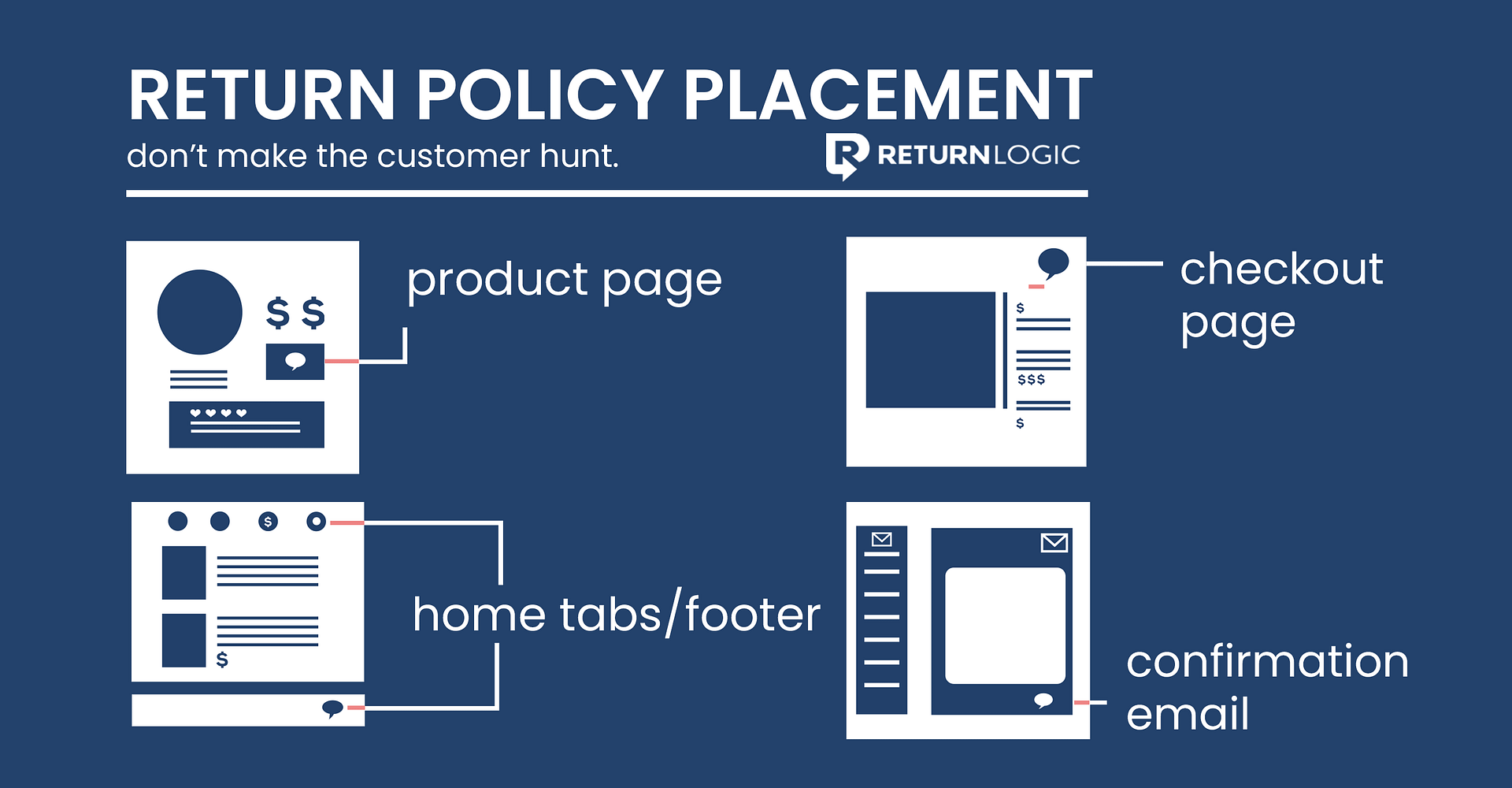
- On Your Product Page: This placement will help encourage the sale of a product by allowing the customer to keep the product in mind while they review your policy. Having easy access to the returns policy will persuade the consumer to make the purchase.
- On Your Home Page: Place a link to your returns policy in an accessible location on your site’s homepage, consumers are usually looking for a dedicated tab or link in the footer.
- During Checkout: It might seem counterproductive, but including a link to your eCommerce returns policy in your checkout cart will encourage the customer to take the final step. Not only will including your returns policy during the final stage of purchase help reduce cart abandonment, it will also reaffirm your brand’s integrity.
- In Your Confirmation e-Mail: Placement of your store’s return policy in the order confirmation email serves as the final reminder to the customer that your main priority is the customer’s satisfaction, and you’re willing to give them a hassle free returns experience if they’re not satisfied.
2. Watching ‘Suits’ doesn’t make you a lawyer
Start your policy statement off with an acknowledgment that the customer isn’t content with the product they purchased, and you’re going to rectify the situation. This preface to your policy will help illustrate to the customer that you’re on their side.
Remember to include a statement of gratitude to show the customer that you still value their business.
3. Provide Free Returns, Seriously
4. Set Clear Cut Guidelines For The Return
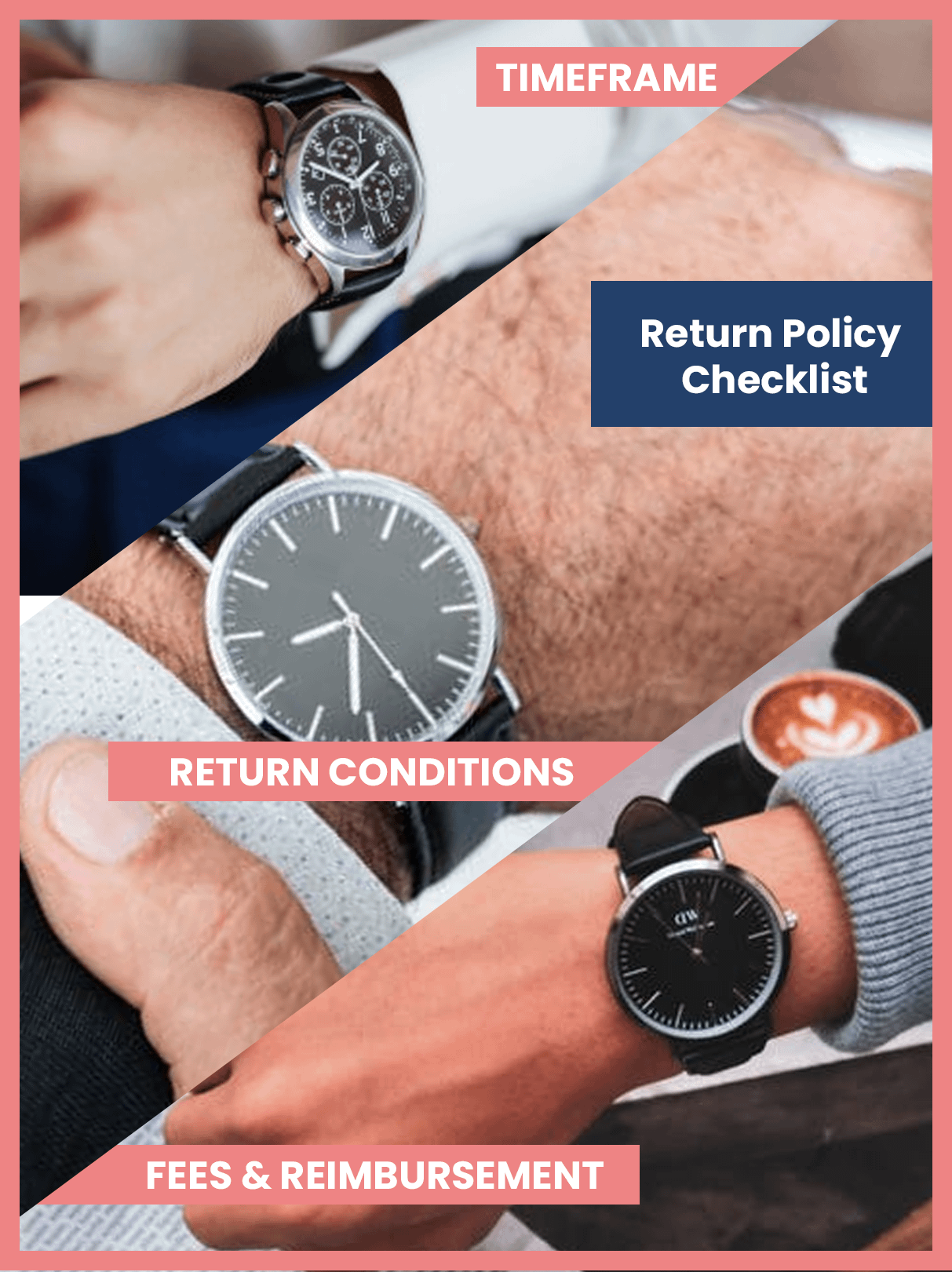
Time Frame: The period in which your store accepts a product return, and when the customer can expect a refund. Depending on the product itself and any seasonal events or holidays that occur, you might want to vary this interval.
Specify the number of days in which your consumers will receive the refund.
Return Conditions: Determine the terms for a valid return. There are various factors that you may need to look at including:
- Packaging of an item
- Where the item was purchased, if you’re an omnichannel retailer
- Hygiene Considerations
Reimbursement Options and Attached Fees: Address all the refund options your customers have for their product return.
- Can consumers receive store credit, or exchange an item?
- List all the attached fees for an item, and explain why they occur.
- Think carefully about any deductions and fees that are a part of the returns process, not all transactions are immediately apparent.
- Will international orders translate into different fees?
By clearly setting the boundaries for your product returns policy, you’re not only giving consumers clear expectations of your returns process, but are also protecting yourself from return fraud.
5. Create an FAQ Page for Your Returns
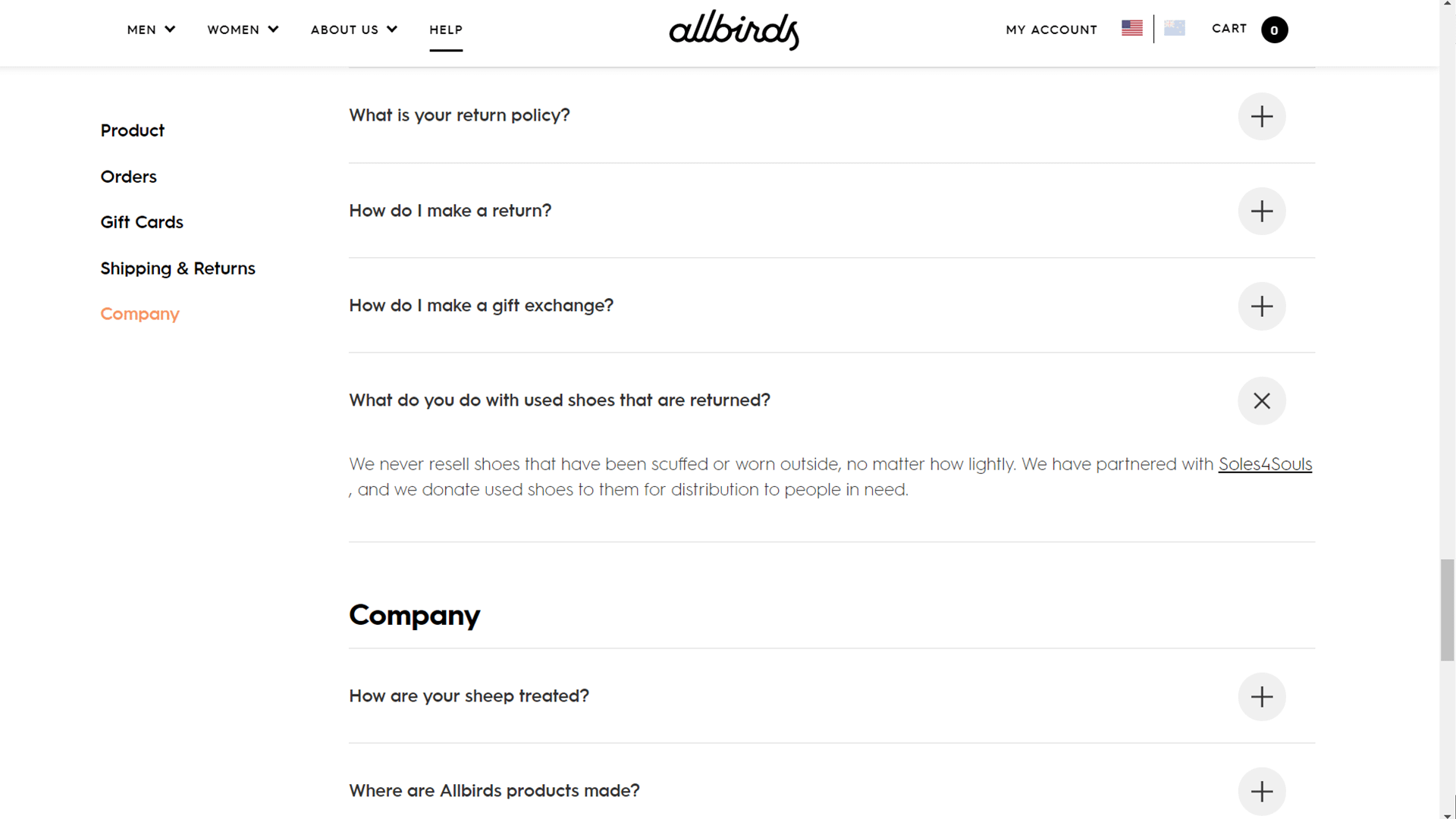
- With an FAQ section, retailers can answer questions in much more detail, which translates into an easier buyer experience.
- Retailers can be acrobatic with their product returns by answering questions in regards to specific products.
- Incorporating returns into your FAQ page can steer customers towards finding answers that might save the sale, so remember to include any help documentation, tips, and general guidelines to help consumers get the most out of the product they’ve ordered.
6. Personalize Your Returns Policy
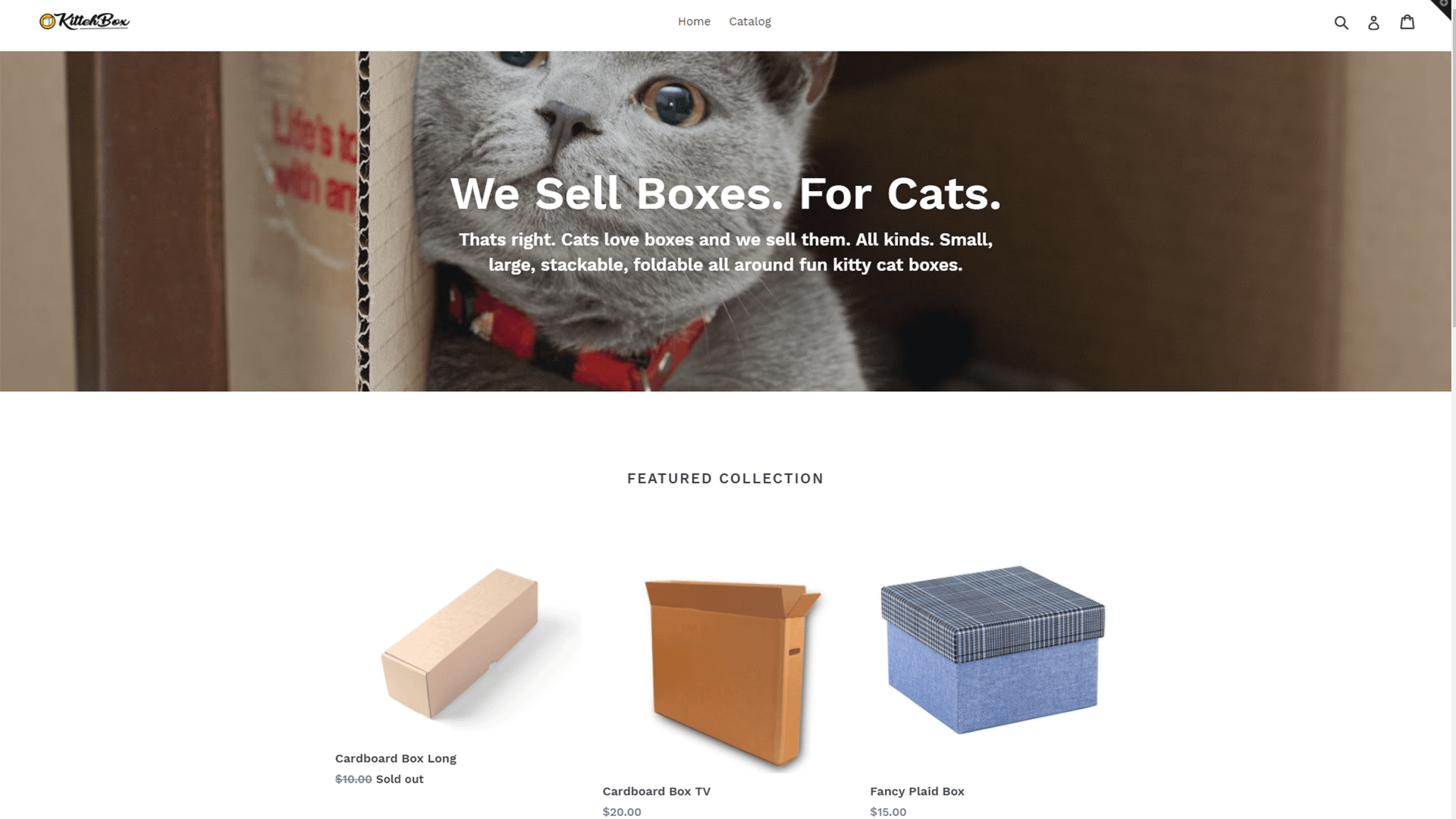
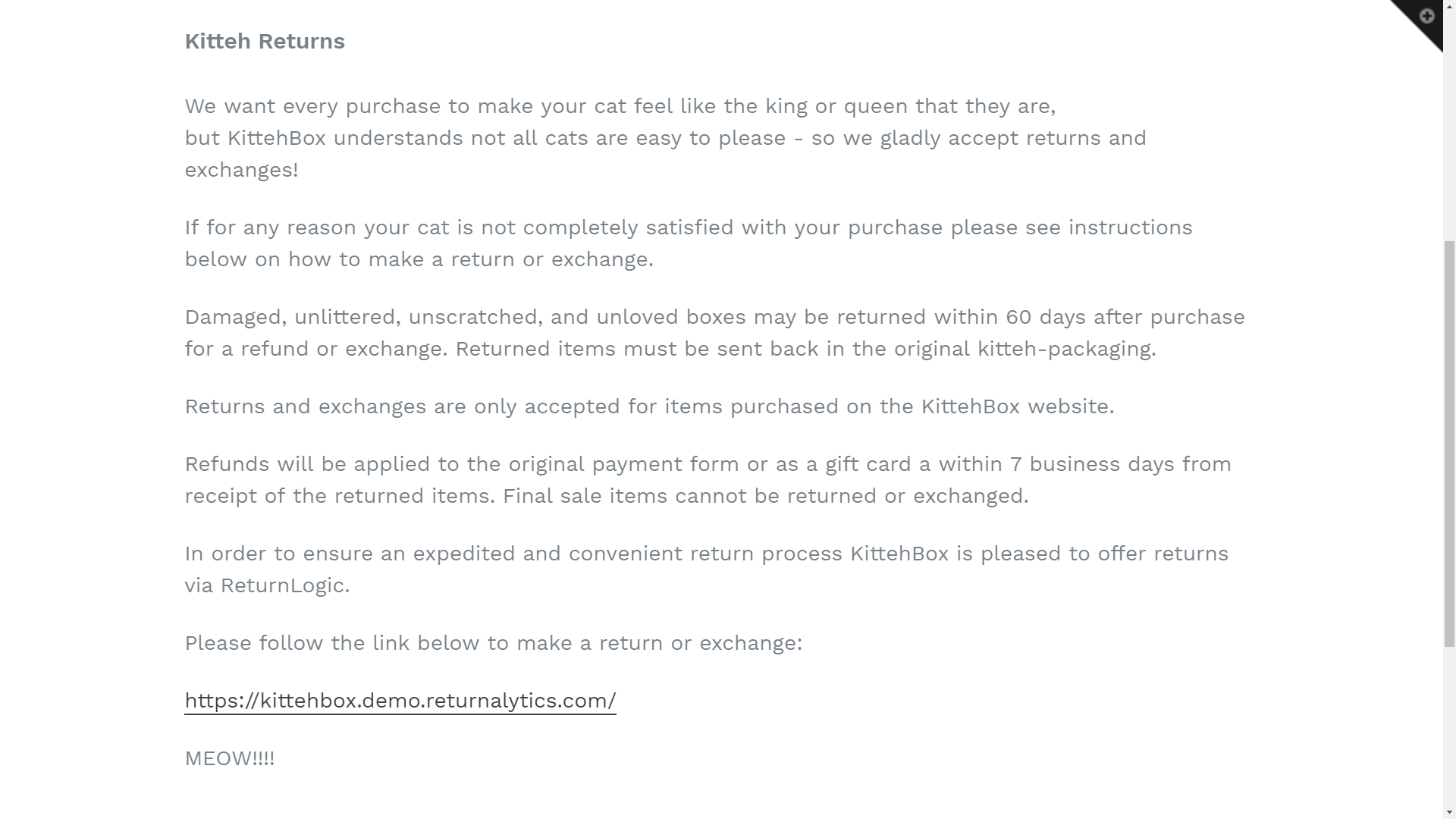
Use Graphics to Present Your Returns Policy
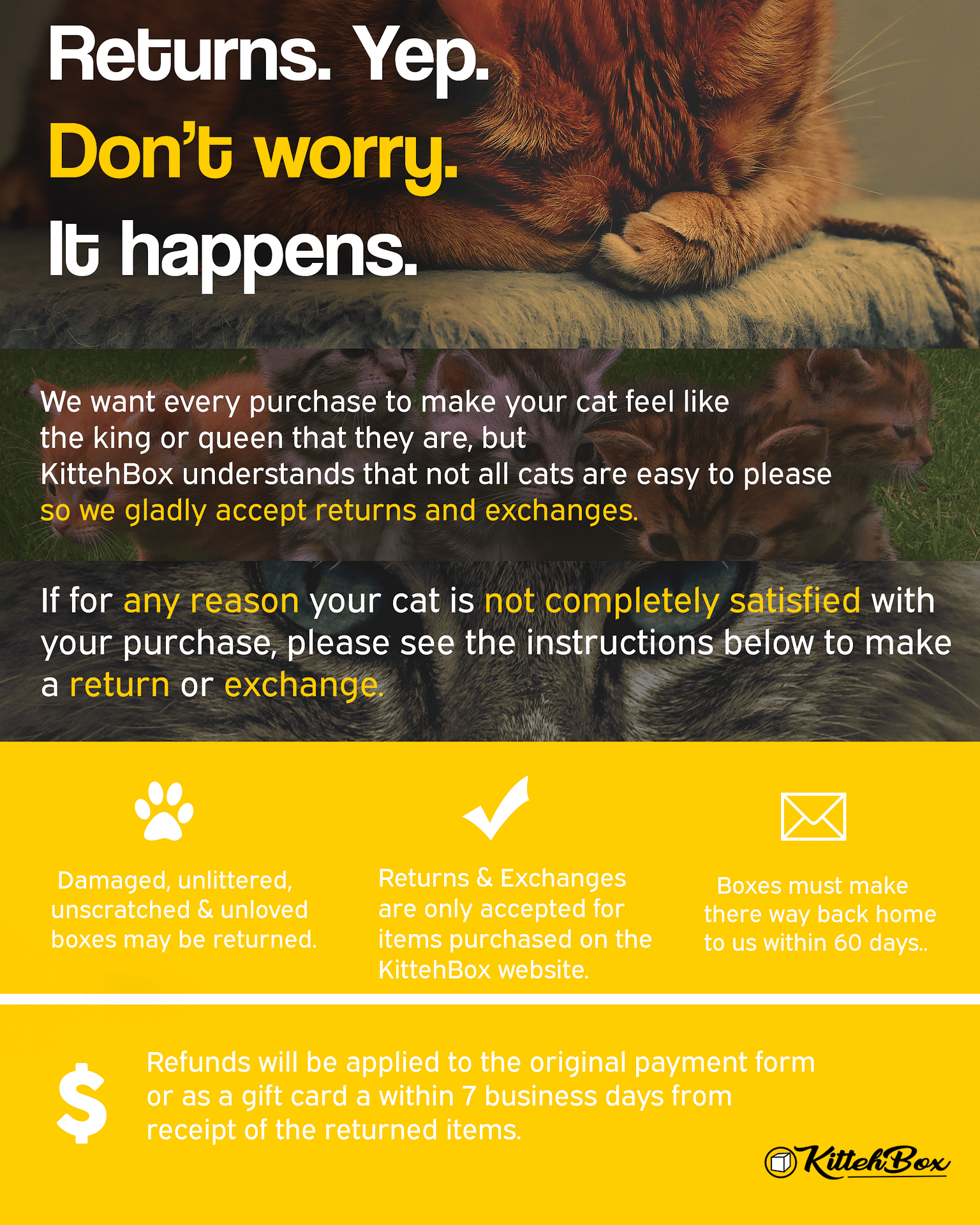
Take inspiration from how this returns policy was presented and create a custom presentation of your eCommerce returns policy to re-target your buyer personas and create an extraordinary customer experience.
7. Adopt A More Liberal Returns Policy
As aforementioned, consumers are persuaded to purchase a product if they know they can return it later— this behavior translates into an increase in product sales.
While more sales are great, retailers still need to craft a returns policy that will prevent those sales from turning into returns.
The obvious action would be to tighten up your returns policy, right? Wrong, a more lenient returns policy can actually prevent product returns.
Lengthening The Time Frame for Your Returns Policy
According to research conducted by Narayanan Janakiraman, an Assistant Professor of Marketing at the University of Texas:
- An increase in the time consumers have to return a product translates into a decrease in return rate.
- Longer return periods alleviate the pressure consumers feel when faced with a short term return deadline.
- Consumers spend more time with the product, and are subject to what researchers refer to as the “endowment effect”, which creates an attachment to the product the longer the consumer has it in their possession.
- Consumers will forget to initiate the product return over a longer period of time.
Finding the Optimal Time Frame
Many retailers opt for a standard 30 day returns policy, and while that interval provides customers with enough time to return a product, it doesn’t come with the aforementioned benefits of a truly liberal returns policy.
Retailers should take advantage of the endowment effect and consider increasing their returns window to 60 to 90 days. While there is no magic number for your returns time frame, an interval that is too generous might be counterproductive, so make sure it makes sense to provide long term returns.
8. Thank The Customer For The Return
Product returns damage the customer experience, and while providing a seamless and hassle free return interaction will get retailers back on good terms with consumers, there still is no promise of returning consumers. Retailers need to be proactive when considering the customer experience after every return.
Sending the consumer a thank you letter or email will show the customer how much you value you their business.
- Make sure to acknowledge the dissatisfaction the consumer endured.
- Subtly emphasize that you would appreciate them shopping with your store again
Not only does a thank you message show the consumer how much a retailer values their business, but it also opens up a new sales opportunity. By leveraging some data and buying trends that retailers collect about their consumers, the possibility of using incentives to reclaim a consumer arises.
Along with your thank you message, include a discount towards the consumers next purchase. Some retailers are smart about their returns collection and have return reason codes attached to an order. By looking at the reason for a return, retailers might be able to offer a smarter discount.
9. Illustrate The Hassle Free Returns Process
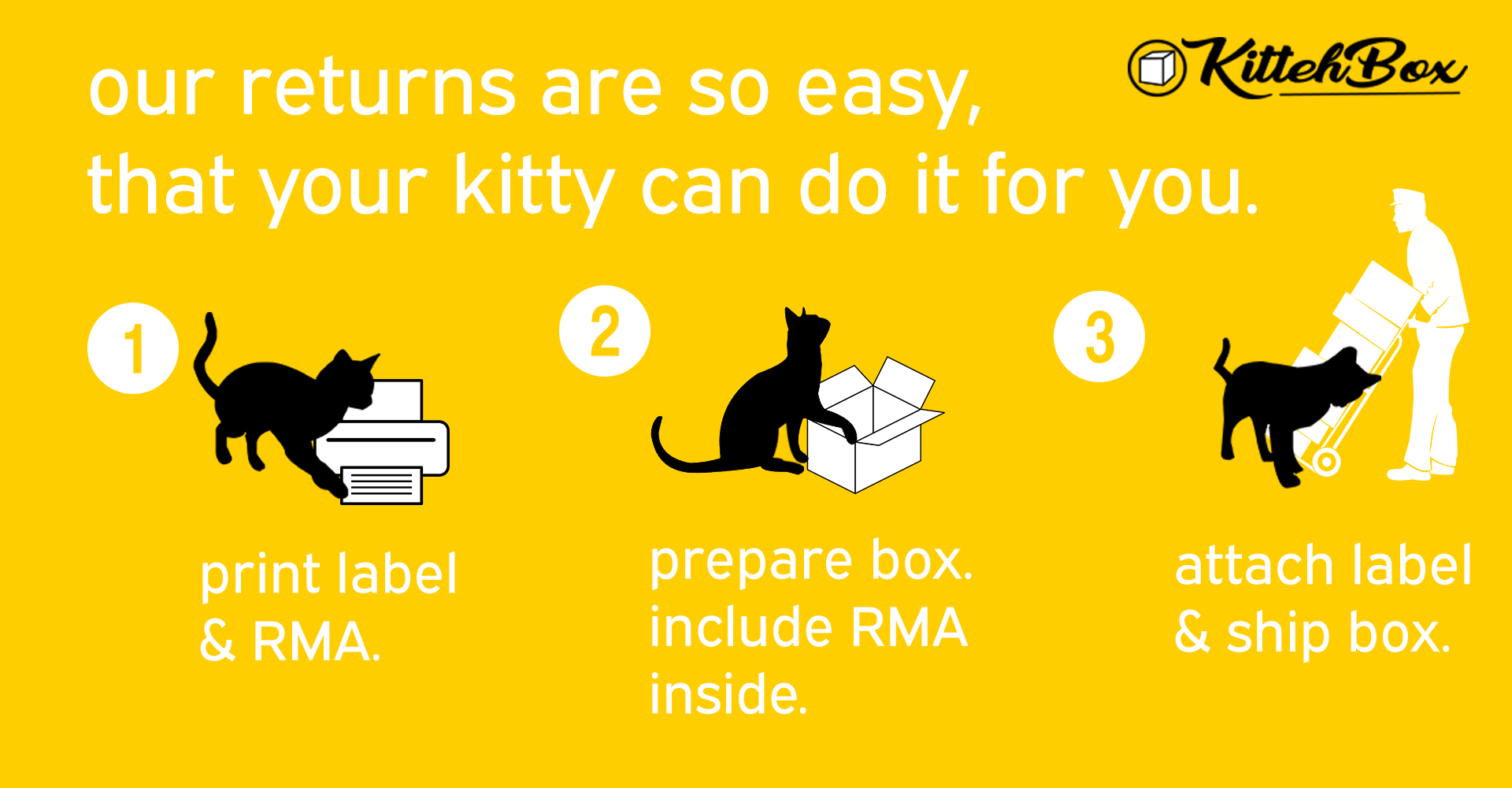
Consumers are accustomed to easy and hassle free returns, thanks to Amazon’s prominence in online retail. Shopify retailers need to present their returns process in a similar fashion.
Consider creating a short product return guide to include within your policy. When a consumer can visualize the ease of a return, they will be more receptive to the idea of actually having to return the product, and therefore will continue the sale.
Emphasize a quick hassle free experience. Use the KittehBox graphic shown above as an example to help illustrate a process that informs customers of your easy returns.
Consumers will trust your business more if you can simplify a process and it explain it to them.
Key Takeaways:
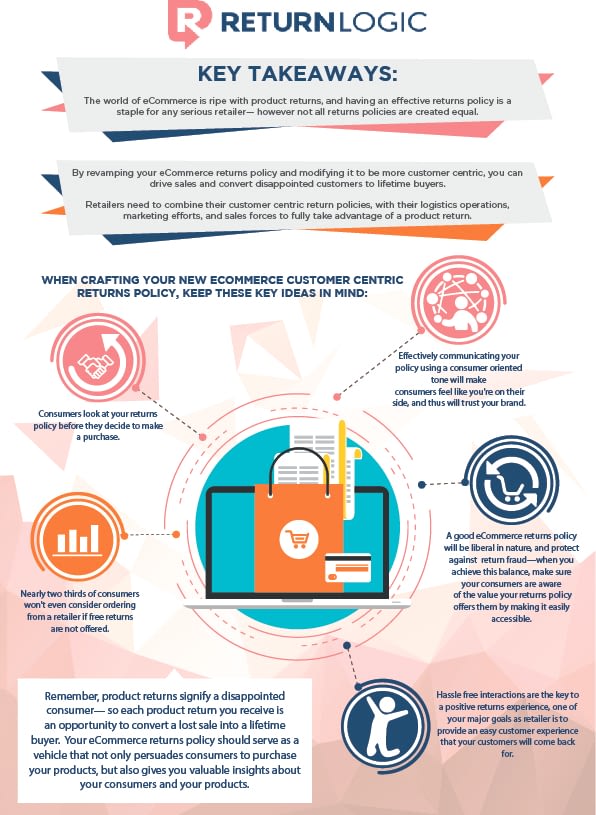
The world of eCommerce is ripe with product returns, and having an effective returns policy is a staple for any serious retailer— however not all returns policies are created equal.
By revamping your eCommerce returns policy and modifying it to be more customer centric, you can drive sales and convert disappointed customers to lifetime buyers.
Retailers need to combine their customer centric return policies, with their logistics operations, marketing efforts, and sales forces to fully take advantage of a product return.
When crafting your new eCommerce customer centric returns policy, keep these key ideas in mind:
- Consumers look at your returns policy before they decide to make a purchase.
- Nearly two thirds of consumers won’t even consider ordering from a retailer if free returns are not offered.
- Effectively communicating your policy using a consumer oriented tone will make consumers feel like you’re on their side, and thus will trust your brand.
- A good eCommerce returns policy will be liberal in nature, and protect against return fraud—when you achieve this balance, make sure your consumers are aware of the value your returns policy offers them by making it easily accessible.
- Hassle free interactions are the key to a positive returns experience, one of your major goals as retailer is to provide an easy customer experience that your customers will come back for.
Remember, product returns signify a disappointed consumer— so each product return you receive is an opportunity to convert a lost sale into a lifetime buyer. Your eCommerce returns policy should serve as a vehicle that not only persuades consumers to purchase your products, but also gives you valuable insights about your consumers and your products.



